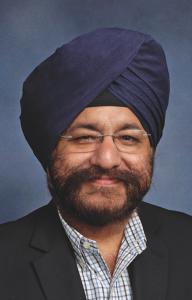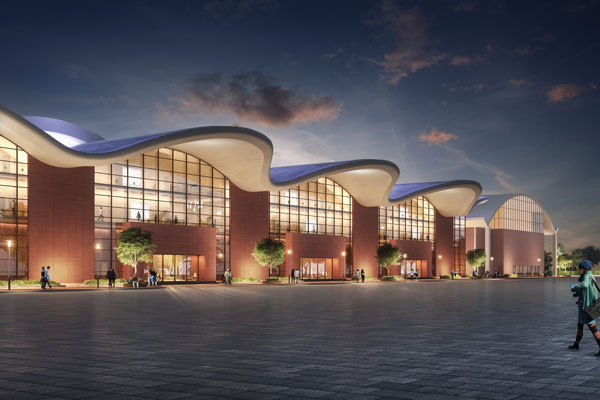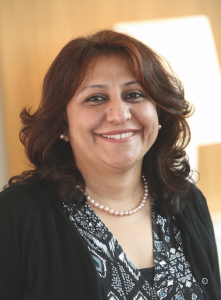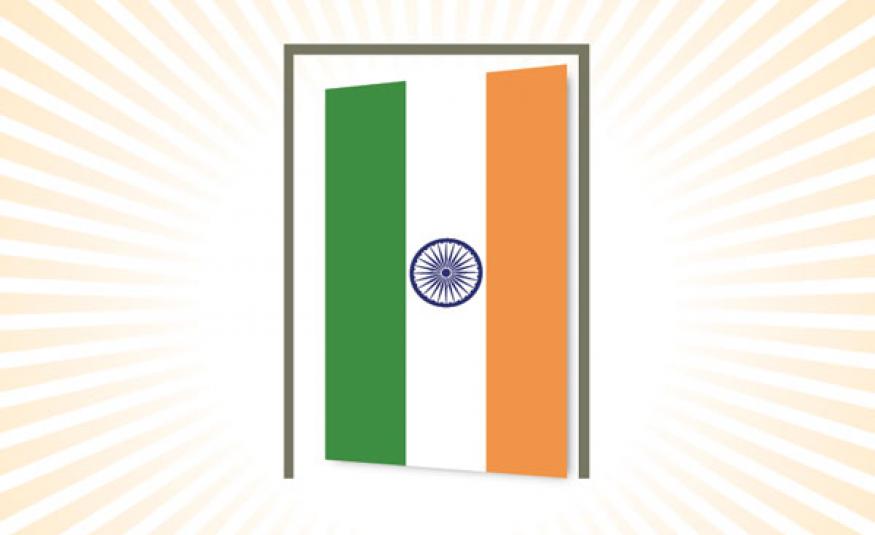India’s exhibition industry is the third largest trade fair market in Asia, after China and Japan. According to national association IEIA, the country ranked 13th globally in the exhibition industry in 2016. With a steady growth rate of almost 8.3 per cent, the association claims its exhibitions sector in India is growing faster than the GDP of the country.
It’s no mean feat. The economy of India is the world’s seventh-largest economy by nominal GDP and the third-largest by purchasing power parity (PPP), growing by leaps and bounds. The Indian exhibition industry is among those that seeks to benefit accordingly.
According to local industry association estimates, more than US$44.5bn (INR 3,000,000 crores) of business is transacted through exhibitions in India annually, while the direct spend of the Indian exhibition industry is estimated to be over $3.7bn. More than 750 professional trade shows are held annually, including the B2B and B2C exhibitions. 24% of these shows are organised by international organisers, while rest are by domestic organisers, the government and trade bodies.

India has a strong democracy, a young demography, a half-billion strong middle class with buying power, and an economy growing by 8%. Nonetheless, the potential of India’s exhibition industry must be seen in the context of other high-growth potential emerging market, such as China.
And the fact remains: India has been a difficult place to do business for many exhibitions organisers. Until last year, it was ranked 130th in the world for ease of doing business, by the World Bank. The country has been a difficult place for successful foreign direct investment (FDI) and poor government recognition of industry and a shortage of world-class venues.
But this is being addressed. New FDI and tax regulations and the formation of representative bodies, such as the Delhi Convention and Visitors Bureau, are the result of a u-turn by the industry association and are doing much to help.

“The Indian government is constantly making efforts to attract FDI by liberalising the FDI norms in the country. Almost all manufacturing sectors have 100 per cent FDI under automatic route,” says IEIA president Mr KV Nagendra Prasad (pictured right). “This is also facilitating market access through liberal tax agreements and increasing government spend towards improving infrastructure network. Cumulative infrastructure spends totalling around €500bn are planned over next six to seven years.
“Owing to the increased efforts on the part of the government, India emerged as the fastest growing major economy globally overtaking China in the last two to three years … average growth projection for India is estimated at 7.1% against global average of 2.8% and 6.4% for China until 2020.”
Nonetheless, there is a lot still to be done. The Indian exhibition industry is traditionally dominated by leading Indian industry associations playing the role of organisers, but German and British organisers are increasingly integral to the industry.
UBM India began its journey into India in the year 2006. Today, it hosts over 25 large-scale exhibitions, 40 conferences and seven industry awards across the country every year. It has a presence in a wide range of sectors, such as Pharma & Bio Pharma, Travel and Hospitality, Renewable and Nuclear Energy, Jewellery, Safety and Security, Construction and Building, Food and Health Ingredients, Occupational Health and Safety, Waste & Sanitation, Child, Baby & Maternity products and Beauty.

“The key challenges that the exhibition industry faces are quite a few,” says UBM India MD Yogesh Mudras (pictured left). “To begin with, the industry as of now is unrecognised by the government and therefore, bound to be disorganised apart from a few key players. Besides, India does not have the necessary support infrastructure for large exhibitions with very few large venues of an international standard. Venue creation holds the key to future growth, to scale up the exhibitions and provide value to the exhibitors.”
UBM has been consistently advocating for new, large venues with optimal infrastructure, which the government has identified as a core area to focus.
“India remains a market of great potential. While China’s economy is five times larger, its trade fair industry is 11 times larger than India. One of the key reasons for this is an acute lack of venue capacity in India with optimal infrastructure. A lack of venues with truly international infrastructure is missing in India,” says Mudras.

Ravinder Sethi, MD of logistics firm RE Rogers (pictured right), believes we have passed the tipping point.
“The necessary venue development has happened, and this is going to be the first game changer in our industry,” he says. “At every seminar I attended I’ve been on the defensive about India’s ability to cater for the big international shows, but that period is behind us now.”
There are 22 exhibition venues in the country with a total indoor exhibition area of 460,000sqm and total outdoor exhibition area of 729,000sqm. This is a fraction of the space you might expect from such a potentially large market, however a further 402,000sqm of additional exhibition capacity has been planned in India within five years time.
The main focus of exhibition industry development in India is in the major metros – Delhi, Mumbai, Bangalore and Hyderabad. What we really need is a major venue in Mumbai – other than that, what we have is a good start.
Prasad agrees that a good venue in the commercial capital Mumbai remains “the need of the hour”, and that if these developments take place, the industry will undoubtedly unleash years of pent-up potential.

Reliance is coming up with a new Exhibition Centre in Mumbai with 25,000sqm of indoor area by end of 2019; while Hyderabad’s HITEX is coming up with the largest pillar-less state of the art exhibition and convention facility in the country to be completed by 2019 (pictured above).
The redevelopment of Pragati Maidan in New Delhi (50,000sqm by February 2019 with another 120,000sqm coming online in September 2019), and the introduction of venues in the Delhi NCR such as the 80,000sqm India Expo Mart at Greater Noida (where UBM has already shifted its key shows such as CPhI &P-MEC and SATTE) and a new 200,000sqm venue in Dwarka look good for the industry.
The exhibitions taking place at these venues are still very transactional where face to face interaction with existing/potential customer is the priority compared to display of production/ innovation.
Pricing of the shows is another very critical factor to be considered while organising a show in India, being a fragmented market with price differences between organised and disorganised sectors. But with increasing consolidations, situations are improving towards bridging these gaps.
NürnbergMesse India has established 15 trade fairs, managed by almost 40 employees, at the three locations New Delhi, Mumbai and Bangalore. In 2017 over 76,000 visitors and 1,500 exhibitors visited the events of NürnbergMesse India on an exhibition space of more than 35,000sqm.

“The industry has contributed considerably to changing India’s image from a slow developing economy to a global player in providing world class technology solutions. India has emerged as a global service hub and has been a partner of choice in the digital transformation journey of global enterprises across over 100 countries,” says Sonia Prashar, MD NürnbergMesse India (pictured left), adding that the IT sector has been India’s sunshine sector for many years now.
To meet this development, in May this year NürnbergMesse has launched it-sa India, the Indian edition of it-sa - Europe’s leading trade fair for IT security - with overwhelming response.
In addition to the IT sector the Indian Media and Entertainment (M&E) industry is another sunrise sector for the economy and is making impressive growth steps ... The last edition of the Broadcast India Show saw 9,862 unique visitors and 500 brands participants from more than 36 countries.
With the latest venue development, renewed focus on ease of doing business including the introduction of a uniform GST all India uniform tax policy, we can expect to see FDI increase and with that, increased attention from many more international organisers.






